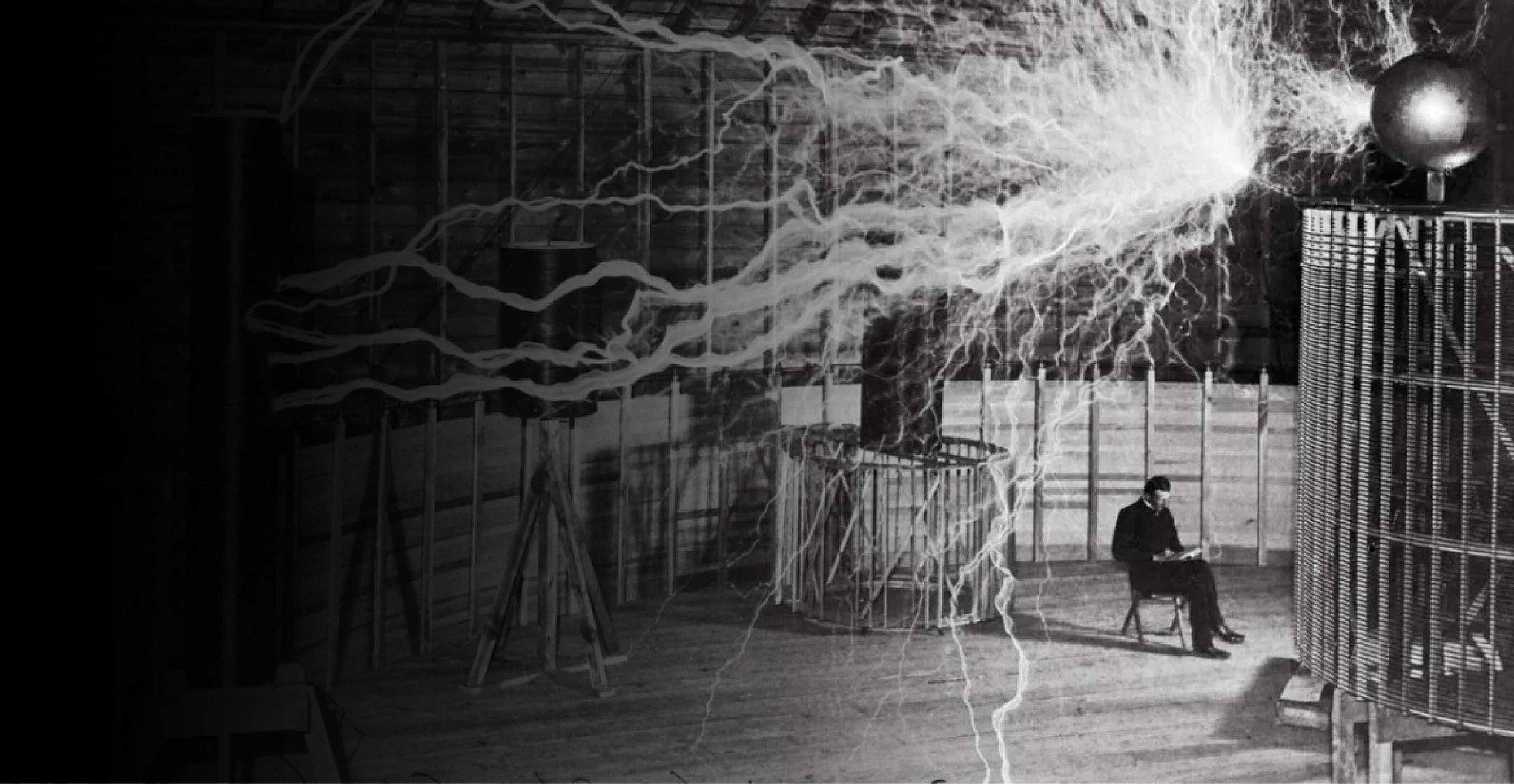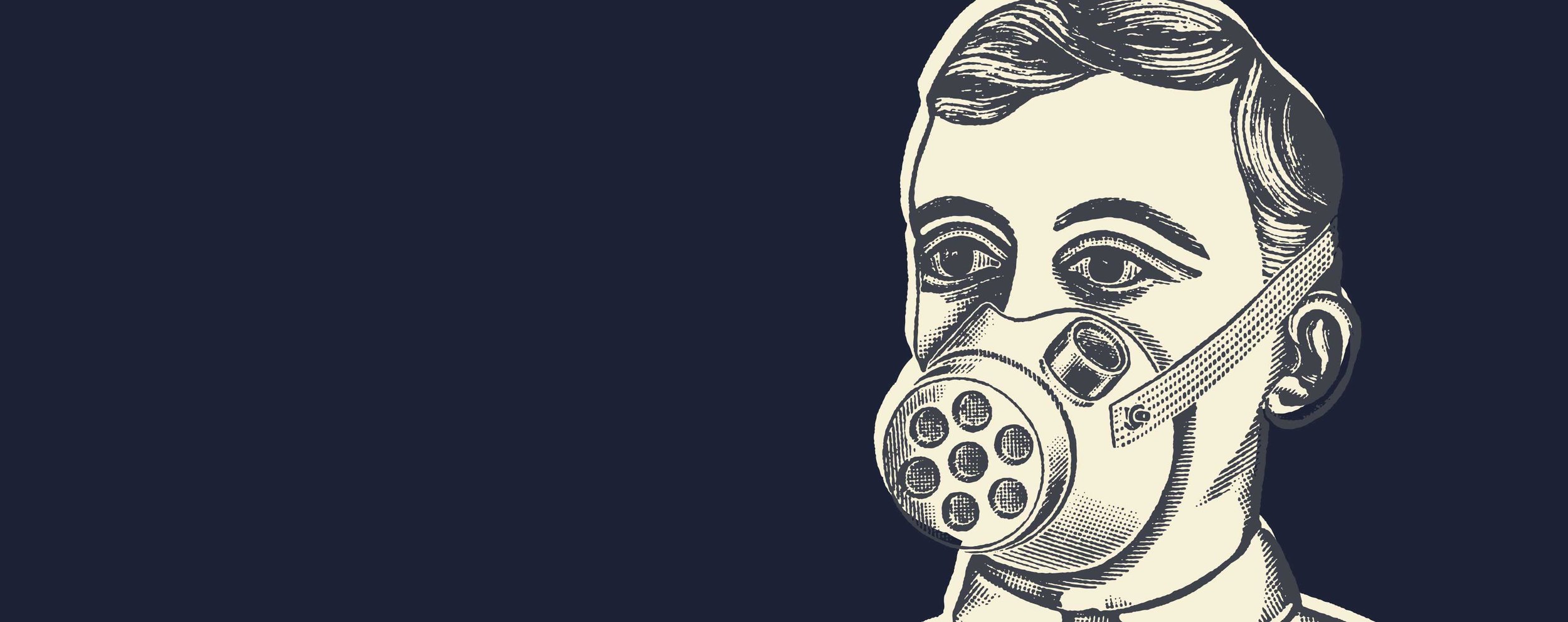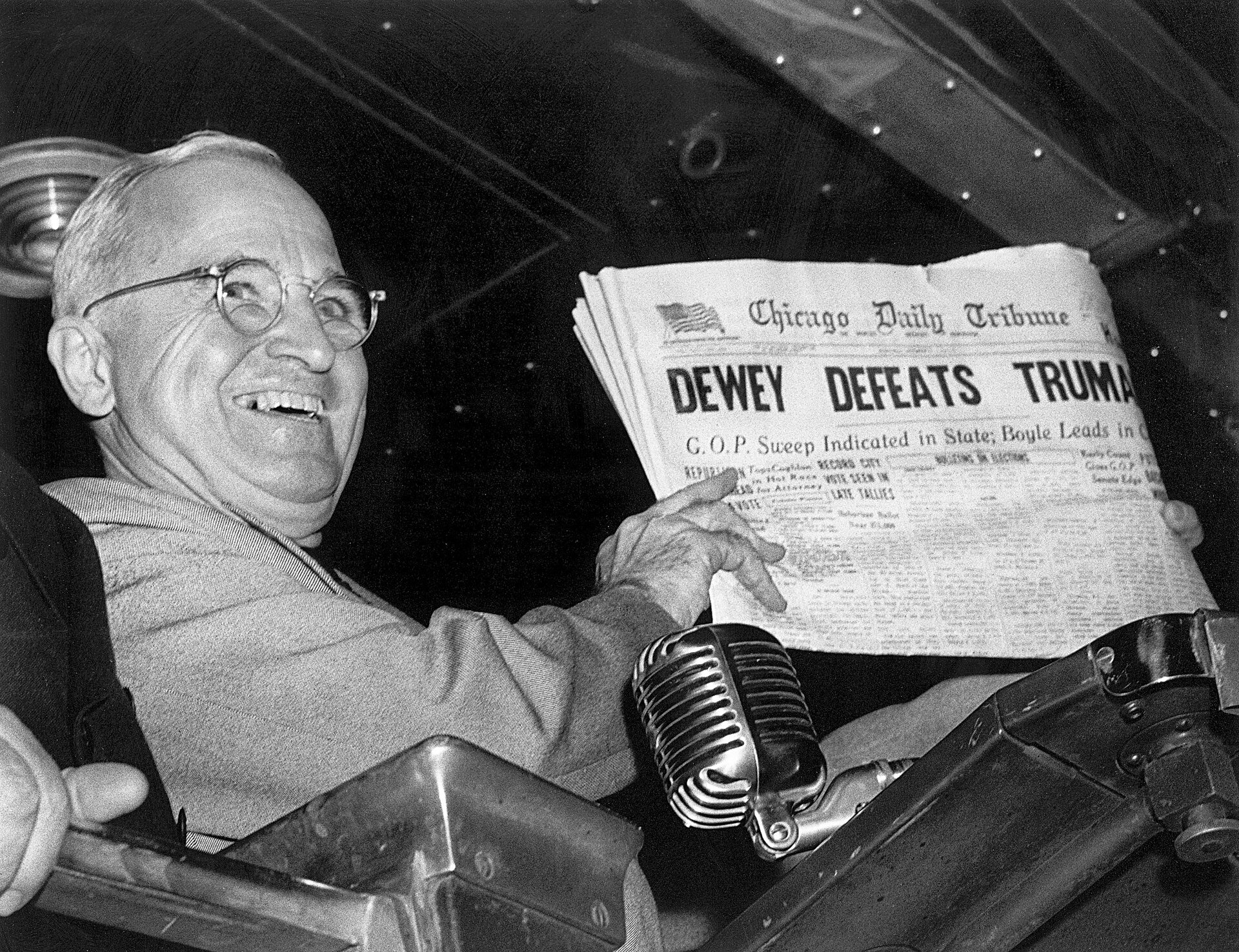
Everything
teaches us
something,
especially if it’s not what
we’re expecting.
You might have seen the quote “Experimentation is the engine that drives innovation.”¹ In a way, this sums up Andiron and how we work as a business.
The Andiron Lab is where our experimentation comes to life. This is where we tinker, invent, get a bit mad-scientist and push back against common theories and ideas. The adage ‘If it ain’t broke don’t fix it’ doesn’t have a home here. We think most things could do with a little, or a lot, of fixing and this is where we start.
Our experiments are born from conversations, frustrations and road blocks, imagination and thoughts brought to life. They are built on what Jung calls the play instinct. Not everything’s going to work, but even, sometimes especially, if it fails we’ve learned something critical that moves us forward.
¹This is a bastardisation of the actual quote, “Exploration is the engine that drives innovation. Innovation drives economic growth.” Attribution, Edith Widder, an American oceanographer, a specialist in bioluminescence who helps design and invent new submersible instruments and equipment. Coincidentally, Jonathan references bioluminescence in his PhD thesis.
What happens when a journalist writes a PhD on the value of journalistic practice?
Completed in 2022 and entitled Inventing Australia: An exploration and subversion of long-form non-fiction as an approach to enhancing the epistemological value of journalistic practice, it’s a portrait of experimentation in action.
To be published at a later date, here are two excerpts. The first is from his introduction (p5) and is offered as a way of understanding the core principle of the PhD. The second (p114) delivers a brief look at the questions Jonathan asks about his profession and how this forms the basis of his working methodology.
-
In Australia, there exists an established popular belief in the country’s seemingly outsized contribution to the global pool of inventive technologies and processes. No single work has attempted to explore the cultural, systemic and individual reasons for this presumed contribution.
Moreover, no long-form nonfiction work has used journalistic methods, including interviews and immersive reportage techniques, to explore both historical incidents of Australian invention as well as contemporary incidents of invention. Instead of using conventional methods of long-form narrative, however, this text is an exercise in subversion. As such, it aims to overturn the constraints typically imposed on journalistic practitioners in an attempt to determine whether there are more effective and transparent methods for gathering information and shaping knowledge for dissemination.
This creative PhD was a first to be allowed in the department. It is composed of a book-length nonfiction work, entitled Inventing, Australia: Nine Ways of Discovering a Subject and Its Continent While Subverting a Journalistic Way of Knowing, and an exegesis.
Simply put, the central tool and outputs of journalism aren’t keeping up with our evolution as a species. Journalism is still largely linear and tribal in a quantum world, the certain–uncertain implications of which should be obvious to most of us. This is going to sound like sacrilege to some of my journalism colleagues and sensible to others, but what if journalism as we know it—the single authorial credit, the narrative framework and infatuation with “story”, the hegemony of deadline and narrow channels of delivery, and even the journalist–source relationship premised on the interview function—is so outmoded that it should be discarded?
In computing, we’re quickly learning how we deliver better information and outcomes for innovation (Green, 2004). Commercial aviation is so incredibly safe because of an unparalleled information system that basically eliminates the possibility of human and mechanical error, from building the aircraft through its operational lifecycle. But journalism, still the centre of an information system that supposedly connects an entire globe, is what, exactly? The town crier? The elder sage? The tireless gossip? The would-be psychic behind the shingle for tea leaves and tarot cards?

The spirit
of the times
MR. KOYA, the quality men’s shirt brand co-founded by Andiron’s Yema Akbar & Alexandra Khan, captured the cultural zeitgeist and bottled it. Well actually they made it into a shirt.
During the devastating bushfire summer of 2019/20, the country gave a collective gasp as they watched PM Scott Morrison jet off for a Hawaiian summer break as the country burned.
With typical tongue-in-cheek style, personality and wit, MR. KOYA designed the Maholo Scomo Hawaiian shirt, donating all the profits to the NSW Rural Fire Service, raising $35,891.
As told during communications:
Australia was reeling from an unprecedented bushfire emergency, and to rub coal into the wound, the Prime Minister smirk-bombed his way to Hawaii for a refreshing mai tai.
To mark this momentous abrogation of responsibility, MR. KOYA created the Mahalo ScoMo – an enduring combination of Hawaiian vibes, simpering leadership vacuums, and the colours of an increasingly-combustible Australian summer.
“It was us trying to immortalise this moment in a tongue in cheek way” Yema Akbar, Daily Mail 19 December 2019.
The shirt attracted huge sales and massive amounts of publicity nationally across all major news mastheads as well as select international publications.
Months later the National Library of Australia added it to their archives after staff determined it was ‘very central’ to the national dialogue around the fires.

“The Question Isn’t,‘What Are We Going To Do?’ The Question Is, ‘What Aren’t We Going To Do?’”
Wisdom from the mouth of Ferris Bueller.
Ferris Bueller’s Day Off, the 1986 teen comedy written, co-produced and directed by John Hughes is without doubt a classic. An inspiration to many a bunking teenager, Ferris, with his charm, wit, self-assurance and can-do attitude wings it on a day off with his best girl and his best friend.
In the spirit of Ferris, Jonathan named his interview method after him. Explaining it here in his PhD he says,
“The nonfiction artefact introduces the “Bueller Method”, a semi-structured interview framework developed for this project and intended to drive more fruitful and insightful informational outputs. This method, and the motivations behind its creation, is more fully explicated in the nonfiction narrative artefact itself, but its essential components are as follows:
1. The interviewer must go into an interview “blind” with as little preparation and as much ignorance of the subject as possible (a list of questions is not allowed).
2. The interviewer must be prepared to “live by her/his/their wits”, wing it and dynamically adapt to changing circumstances.
3. The interviewer must actively court randomness and serendipity, creating through a “devil-may-care” agenda-less persona the opportunities for surprise, delight and possibly even horror (and the extreme risk of personal humiliation).”
Jonathan added, “I chose to call this approach to interviewing and immersion the Bueller Method as a nod to the temporal origins of my own reporting history, the 1980s, and the cavalier ubercompetence of the film’s main character, Ferris Bueller.
This method emerged as I reflected on my project and the limitations of traditional journalism, especially the often-formulaic and scripted approach to the interview. I realised that, for a long time, I had secretly prized going into most interviews with very little preparation. This was done on the theory that I did not want to miss the human in front of me by being weighed down by an historical or contextual human. This approach was partly inspired by a tendency I have seen in many people, journalists and non-journalists alike, to make a quick shorthand of another human being and deliver post-facto analyses often devoid of the most interesting essences of the other person.”

We’re calling bs out
The Bullshit Detector (Sincerity Engine) is a machine learning experiment that aims to give people a tool to determine the likelihood of a particular piece of text being bullshit. It scales the results from 0 to 100 with 100 being absolutely, positively, the gold standard for bullshit.
We have designed this to capture various categories of communications (e.g., scientific abstracts, speeches, news, etc.) and it is worth noting that different categories have narrower ranges for bullshit (e.g., if a scientific abstract scores 15% then you probably need to wonder if there are some bullshit elements in there; if a political speech has less than 90% then whoever is giving it might be too honest to be a politician).
We know what’s in our machine learning black box but only barely — some secret sauce and some AI magic.
It’s been delivering some uncanny results and now we want to let the rest of the world try it out. While our aim is serious — raising awareness about the way we use language to convey information and creating a world with a little less bullshit -- we are learning here, so please take this as a "for entertainment purposes only" exercise.
How does it work?
The Bullshit Detector is awesome and uses nuclear power to harness pure truth and objectivity. Specifically, the Bullshit Detector's architecture is a Recurrent Neural Network with Gated Recurrence Units (GRUs). Additionally, in order to mitigate bias and boost generalizability, we employed a semi-supervised training approach.
Model A employs straightforward supervised learning on ~100k texts, and model B employs semi-supervised learning on about ~40k texts. We advise experimenting with both models A and B. This will help us literally A/B test the two models. Due to the black-box nature of neural networks, we are unable to perfectly digest the model's classification into humanly understandable rules or criteria. But when we have developed an AI that can interview the AI behind Bullshit Detector, we will let you know and post the conversation.
To reference one of our inspirations, Harry Frankfurt, Princeton moral philosopher and expert on bullshit:
“One of the most salient features of our culture is that there is so much bullshit. Everyone knows this. Each of us contributes his share. But we tend to take the situation for granted. Most people are rather confident of their ability to recognize bullshit and to avoid being taken in by it. So the phenomenon has not aroused much deliberate concern. We have no clear understanding of what bullshit is, why there is so much of it, or what functions it serves. And we lack a conscientiously developed appreciation of what it means to us.”
In other words, as Harry Frankfurt has written, “we have no theory.”
-
Thankfully, there are some pretty smart people all around the world who are trying to tackle the bullshit epidemic head-on—a movement of anti-bullshit pioneers if you like.
Below are a few key resources and people. If you’d like to suggest others to include here, please email us on info@andirongroup.com
Work by Professor Ian McCarthy, et al. regarding Bullshit in the Workplace, information systems and innovation:
https://doi.org/10.1016/j.bushor.2020.01.001
https://beedie.sfu.ca/profiles/IanMcCarthy
Work by Carl T. Bergstrom and Jevin West, University of Washington (this link contains a synopsis of their thinking and a great syllabus):
https://callingbullshit.org/syllabus.html
Work by Andre Spicer on organisational bullshit:
https://www.cairn.info/revue-management-2013-5-page-653.htm#

Death by Burning: the world’s first flammable podcast
In the spirit of those revolutionary dream-darers, inventors and doomed gadflies of hypocrisy, we’re on a mission to find the heretics among us and put a mic in their hands.
What’s the difference between Socrates and your crazy uncle? A medical reformer and a half-baked anti-vaxxer? A true visionary and an asshat? We don’t know the answer, but we want to find out.
Imagine a world robust enough to listen to its heretics, an institution strong enough to incorporate their insights, a community eager to honor in real-time those who choose to ruffle feathers instead of smooth them?
That’s what we’d like to help to build. And the best place to start is by listening —suspending our assumptions, our knee-jerk reactions, our disbelief.
From Saint Lawrence to Giordano Bruno, join us as we declare:
“I’m well done on this side, friend, turn me over.”
Or as Kris Kristofferson wrote after Sinead O’Connor tore up a picture of the Pope:
“Maybe she’s crazy, maybe she ain’t, but so was Picasso, and so were the Saints.”
Let the burning begin.
Click through to learn more: Death by Burning

The Missed It Machine
The Missed It Machine is a first-of-its-kind public tool for interrogating media narratives. Powered by large language models (LLMs), it allows anyone to copy/paste a news article or the link and instantly uncover what may be missing, unasked, underexplored, or distorted.
Why it exists:
Mainstream journalism has repeatedly failed to detect critical trends until it’s too late — from Jimmy Savile to Theranos to the subprime crisis and the rise of Trump. These failures aren't just editorial; they’re systemic. The Missed It Machine exposes the blind spots using generative AI prompts based on Andiron Group’s research into epistemic gaps, institutional inertia, and discovery logic.
What it’s for:
This is a disruptive communications prototype from Andiron Labs — part of our mission to build and test tools that challenge legacy systems and provoke more transparent, more curious, and more constructive information flows. Missed It Machine is a public provocation, a research aid, and a creative intelligence amplifier — helping users think differently about how stories are told and what’s being left out.
“What if the most important part of the story... wasn’t in the story?”

















